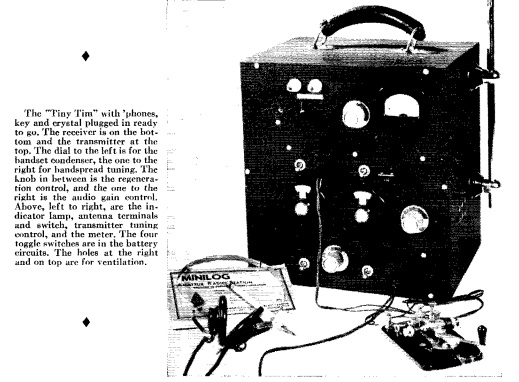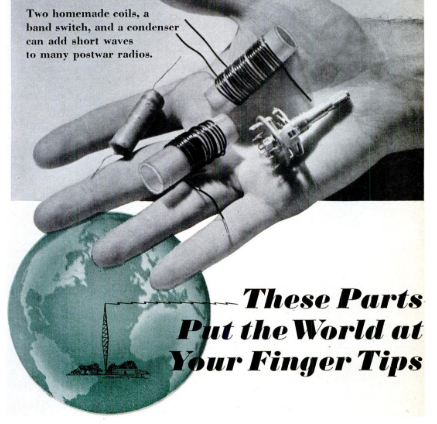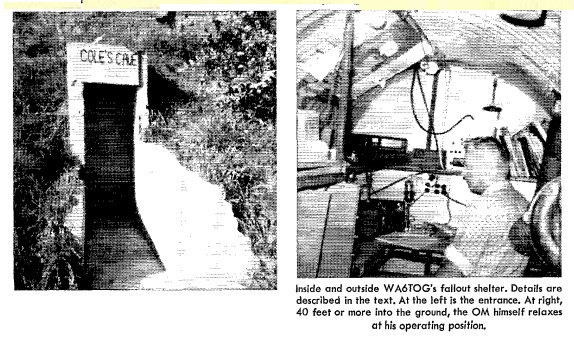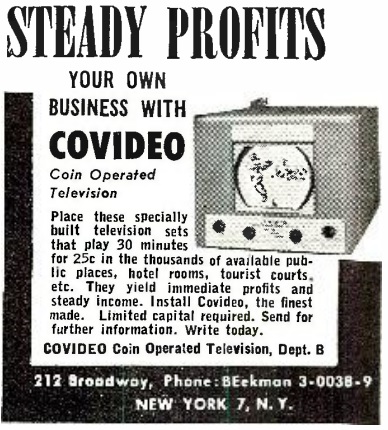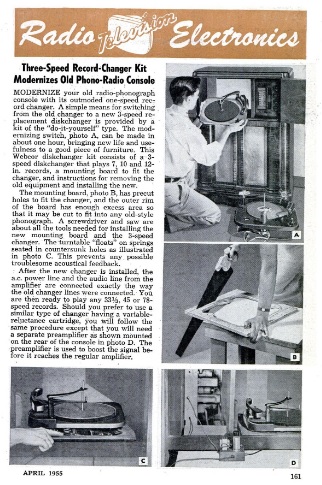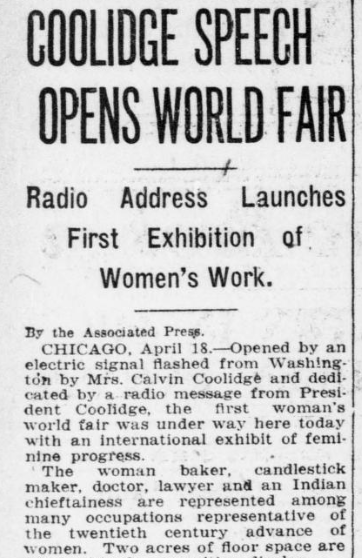
By Seoane Prado – Own work, CC BY-SA 4.0, Wikimedia Commons
On April 28, 2025, most of Spain, Portugal, and a tiny piece of France were plunged into darkness when the power grid covering the Iberian peninsula unexpectedly crashed. Since the system had to be restarted from scratch, it was 23 hours before everyone had power and the system was declared back to normal. Lights went out, trains had to be evacuated, and a large portion of mobile phones ceased to function.
The image above shows one of the busiest streets in downtown Vigo, Spain, population 293,000. The Wikimedia Commons photographer, Seoane Prado, notes that only the faintest glow is shown from the residential windows.
There was a time when electric power was properly regarded as a luxury, and something the people could do without if they had to. I’m not aware of any catastrophes resulting from this power outage of almost 24 hours. But especially if you were in an elevator, or a train car, or even on a dark street, it would have been a major inconvenience. And if much more time had passed, it could have been catastrophic for some.
Are you prepared for a power outage? We suspect that most of our readers are, but it doesn’t hurt to mentally run through your checklist. We have pointers for preparing for a power outage at this link. For the more serious case of a power outage during winter, we have this further advice. Although it has definite limitations, one device that you have can be a godsend (if you’ve done some advance preparations) is your cell phone, and we provide that information at this link.

